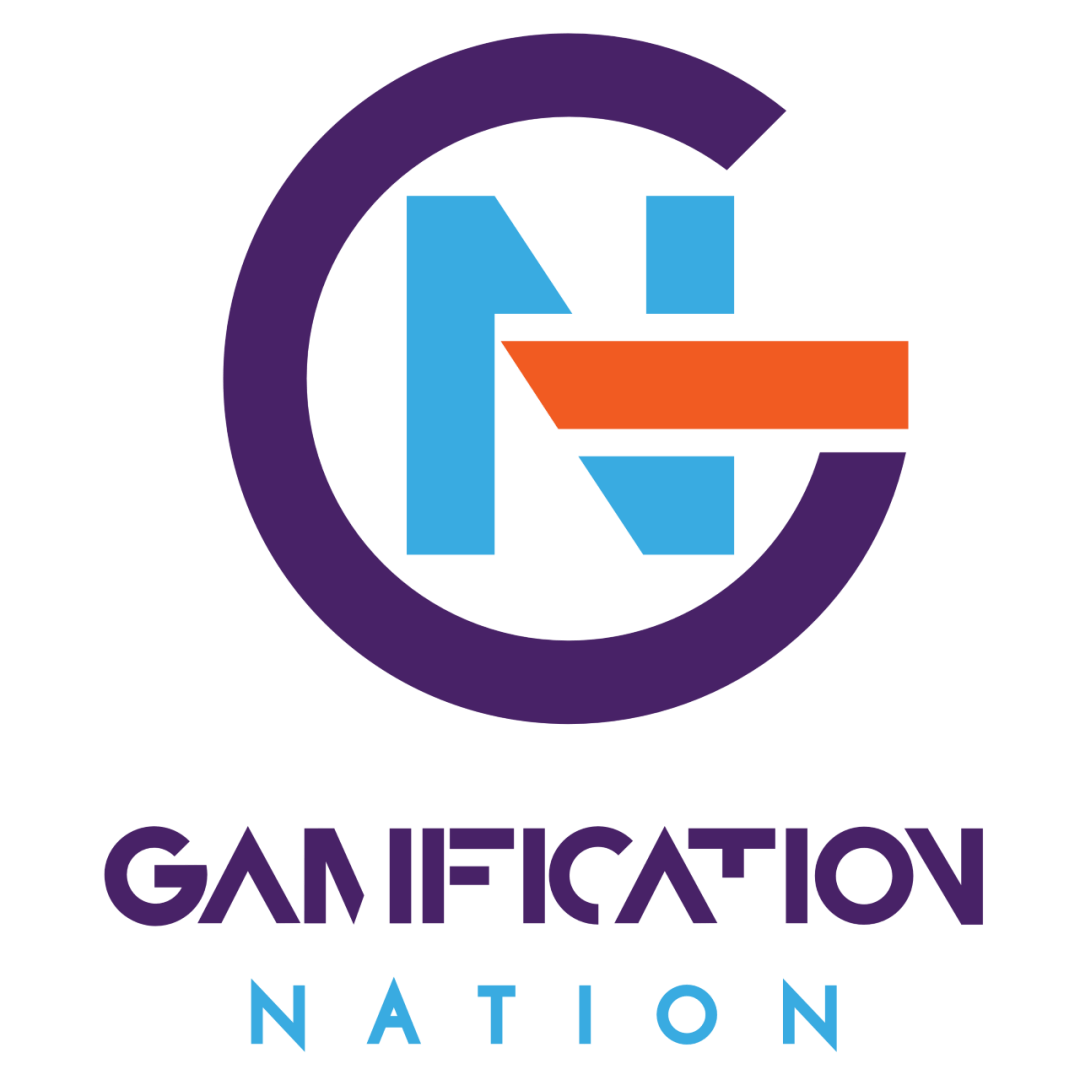In reflecting on a decade of gamification, at least that is how long I have been actively following, learning and contributing to the industry, is my subjective view as an active practitioner on how I see the evolution to date of our industry. The reflections are based on my personal and business experiences and what I read up on.
Coming of age
Gamification has been around since the early 2000s, you could, therefore, say the industry is coming of age and should have come through puberty by now. No longer a child but also not yet mature as an industry. Depending on where you are in the world this may be a true reflection or still an aspiration. North America was the first to implement and actively pursue gamification and there I would say the offering is definitely maturing and coming of age. It means that the initial service provider and platforms may have made way for newer more flexible ones or they have been bought by bigger organisations looking to add gamification into their bag of tricks for consulting or a specific platform play.

Europe is still going through the mid-teens when it comes to gamification in my opinion, partly because of the lesser appetite by large organisations to try something new and the strong fight to keep the status quo even if it means working with clunky processes and systems. It is as if tried and tested approaches to business never really give way to true innovation. And maybe that is what some of North America experiences also. Saying that by changing the terminology to tried and accepted words, more gamification has actually snuck into applications the world over. Funny how semantics can work wonders on making innovation mainstream for the risk-averse.
Asia and the Middle East are still actively experimenting with gamification and the appetite for taking it on remains higher than in most of the rest of the world. I reckon it has to do with the acceptance of fun as part of life and a generally younger age demographic which is more willing to try new things and often craves it. Scale and budget available are the main challenges in these markets. Many players new and more established will offer services and platforms sometimes very niche. Consolidation is yet to come and will probably follow the trends of the North American markets. If you are looking for the most experimental use of gamification I would turn to this region for inspiration.
Showstoppers
The showstoppers for the gamification industry have often come from within the industry or from closely related fields. Many consultants who were the early pioneers of gamification started to criticise the industry either with selfish reasons to promote a specific book or theory or others out of frustration of not making enough to make ends meet. The games industry has often been very critical of gamification and calling it chocolate-coated broccoli. In part, I believe this is a natural progression and if we compare it with the cycle of life probably the puberty stage where we rebel against some of the very things that sustain us. We either come out the other side smiling or at worst angry and a bit disillusioned.
The way I look at it, I think at this point gamification has proven to work, not just for us but if you look at most of our modern tools, they will now include some form of a motivational or human-centric prompt or nudge which I would call gamification. Even though as an industry I think there is still a lot of room for improvement in how we practice and what kind of businesses we run, but I guess that will take another decade to take shape.
Another show stopper has been access to resources. Resources being capital as well as people that knew what they were doing. Bespoke gamification was expensive and often custom-tailored to suit legacy or other systems. Early day platforms were very restricted in their ability and some still are. People that truly knew what they were doing were few and far between. Flip that to more recent years and I think there is a trend towards more democratic pricing and one less favourable item I see is that everyone thinks they are a game designer after one workshop.
A lifetime to master
I have to say I am still learning and I was designing puzzle games for fun since I was 8, business and training focused games since I started working in the mid-’90s and having completed game design and several gamification courses. I am from the school of thought that there is always more to learn and always improvement to what you do. I also believe that game design and gamification design will take lifetimes to master. Even blockbuster game designers may flop on their next endeavour. We can’t stop improving and learning as well as absorbing the technological improvements that happen around us.
I find myself increasingly turning to in-depth studies on game UX, motivational researchers, behavioural economists and true neuroscience, albeit written by those that can translate their science into regular human language. I love to learn and have on occasion been called academic for the depth of knowledge and my propensity to deep dive into something, but really I like to understand things in simple terms. I find that this way I can explain it to others in a way they can understand.
Busting the neuro-BS
Gamification and pop-psychology somehow got tangled up and became a mix of untrue promises based on unproven pseudo-science. Just because a scientist at one point explained left-brain/right-brain having mildly better abilities to be logical or emotional, doesn’t mean that we don’t actually use both most of the time for optimal results. As more research comes out the whole dopamine trigger seems to be founded on untrue interpretations of how our brain actually functions. I often wonder if people just took a part of a theory and said that would make them sound more scientific. The more I read up on this and the more I learn, the more I would suggest steering clear from the use of scientific language when really you are talking about creating an emotionally strong experience, which can be both positive or negative.
I worked with one start-up in the field and they produced several white papers full with neuro-scientific mumbo-jumbo. I had to go over the materials several times to make sense of it. After I shared some of it, a few of my academic friends pointed out that the foundations were mainly wrong and invalid and at best totally unproven. I had from the start encouraged the start-up to only publish what was proven through rigorous research or to go with their views on how the world works. All I am saying here is, when someone is trying to baffle you with science talk and they are not a scientist themselves, walk the other way. I reckon they are doing it to cover up some lack of confidence in their skills to deliver. If they put it in such language that you don’t understand, then you can’t claim it doesn’t work.
Let’s keep it real. Gamification is based on human motivation and emotions. Most of these can be expressed in understandable words.
Where to from here
As I read over the previous paragraphs I can see a bit of my cynicism and criticism of our field, these could be very personal views, so make of them what you will. I do however believe we are still growing as an industry and that we are still maturing towards better practices. Whether we will be absorbed by game design or UX or continue to fight for our place between these two remains to be seen.
The more we work on projects, the more I see the need to bring in two types of people:
- people that understand business process and how they impact people and
- pure game designers coming from the world of designing for entertainment
Having an interest in games and playing a lot of them helps, but it isn’t always sufficient when it comes to making an impact on business and definitely nowhere near enough when it comes to designing gamified business solutions. I believe the true value of good gamification lies in the combination of both and the bridging of wisdom between those that understand the design of games and those that understand business. It is rare to find this in one person. I think it will and should always be a collaborative effort between both worlds.
Having a long-term view will be important so that both clients and gamification practitioners are more deeply connected when it comes to achieving results. A lot of early-day gamification had a short term view or a one size fits all which usually meant design once and forever. We know this approach is costly and decreases in effectiveness and impact over time. To achieve the longer-term impact it has to be seen as a longer-term strategy rather than a short term quick fix or campaign, even if those can be effective if time-limited.
Anyway, I feel optimistic about the industry and the potential impact it has. I feel a lot more apprehensive of the economy and climate to tell you the truth, so I am hoping for miracles so we can keep growing and working with clients with a long-term perspective.
We will keep playing and levelling up, we hope that you will do the same!




